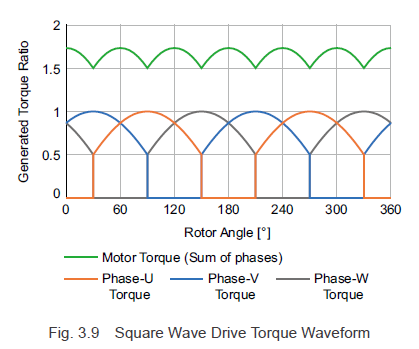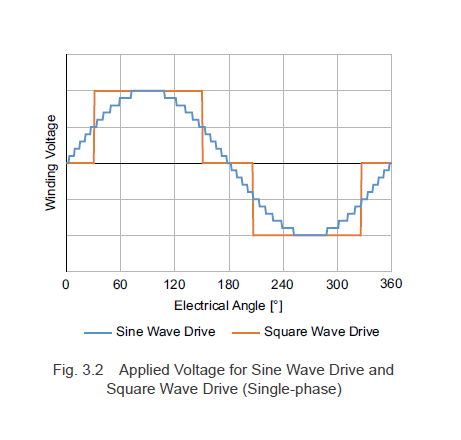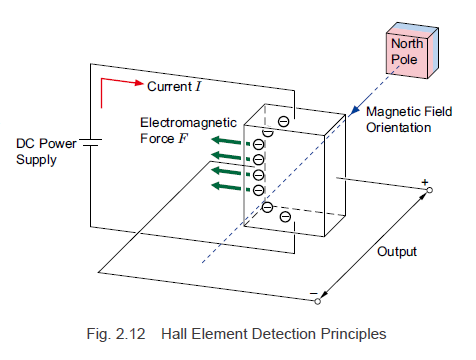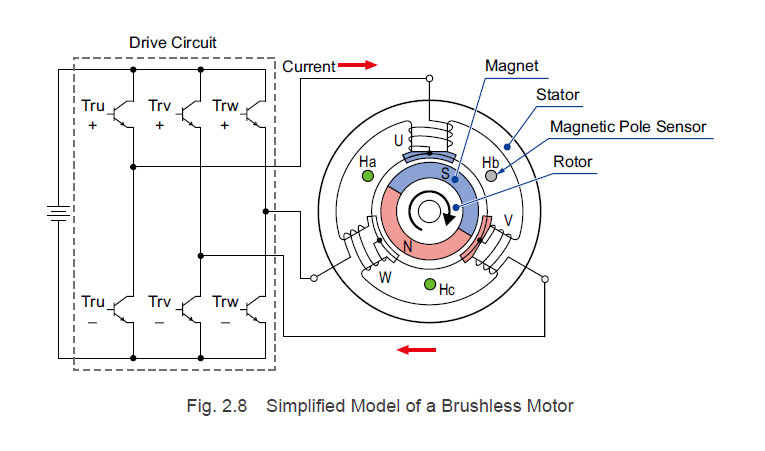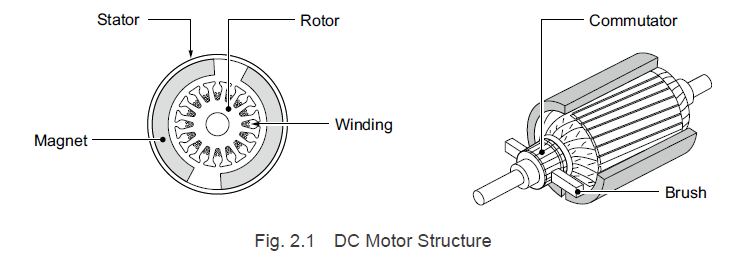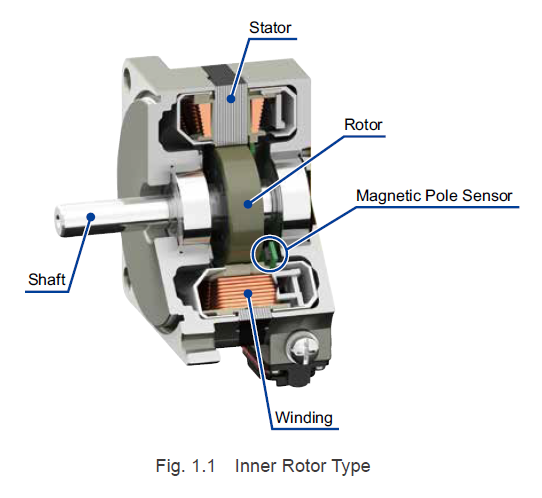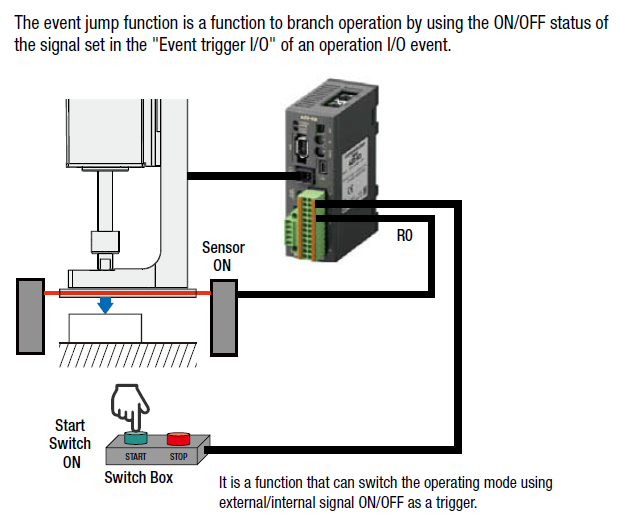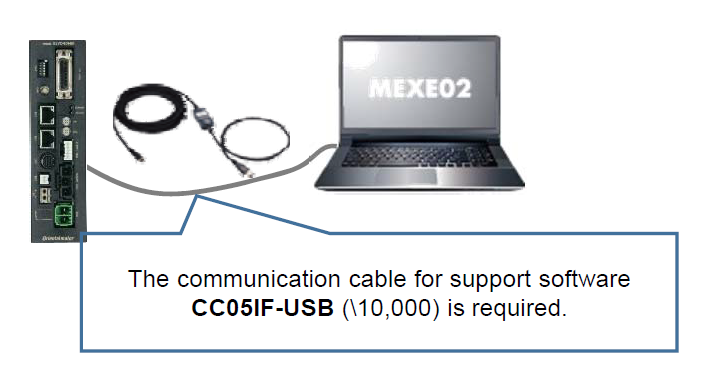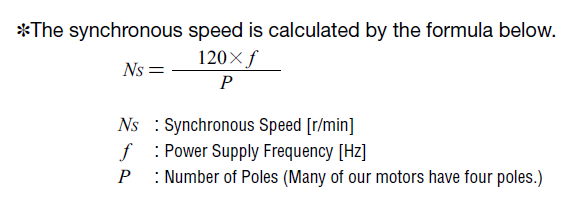In this post, we will explain how the two drive systems, square wave drive and sine wave drive, can affect motor torque performance.
Welcome to Oriental Motor's "Engineering Notes" Blog:
Products and technology are only valuable when coupled with skilled people and services to support them. Since 1978, ORIENTAL MOTOR U.S.A. CORP. has been building a service and support system to better serve customers. It is our goal to provide the best product and service from the design phase, through the sale and beyond.
Our blog will feature:
- Introduction to new products and technologies
- Motion control basics and application examples
- Tips for motor selection, programming, and troubleshooting
Johann Tang
Recent Posts
Technical Manual Series: Brushless Motor Drive Systems and Motor Torque
Topics: Speed Control, BLDC Motors, Technical Manual Series
Technical Manual Series: Brushless Motor Drive Systems
There is a close relationship between the drive system and brushless motor characteristics, and various methods have been used to improve the controllability and characteristics of motors. In this post, we will explain two typical drive systems: square wave drive and sine wave drive.
Topics: Speed Control, BLDC Motors, Technical Manual Series
Hi all,
In pursuit of continuous improvement, we've added a live chat function to the Engineering Notes blog for immediate product support.
Technical Manual Series: Main Components of Brushless Motors
In part 4, we will explain the main components of brushless motors: feedback, magnetic field, and permanent magnets.
Topics: Speed Control, BLDC Motors, Technical Manual Series
Technical Manual Series: Brushless Motor Structure and Rotation Principles
In part 3, we will explain the differences in the structure and rotation principles of brushless motors, and compare them to brushed DC motors and AC motors.
Topics: Speed Control, BLDC Motors, Technical Manual Series
Technical Manual Series: Brushed DC Motor Structure and Principles
This is part 2 of the Technical Manual Series for brushless motors, which explains the structure and operating principles for brushed motors for comparison. We will explain brushless motors next.
Topics: BLDC Motors, Technical Manual Series
This is part 1 of the Technical Manual Series for brushless motors, which explains the three main types of brushless motors: inner rotor type, outer rotor type, and disk rotor type.
Topics: Speed Control, VIDEOS, BLDC Motors, Technical Manual Series
Motion Programming Example: Timed Pressing Operation
In this blog post, I will explain how to easily program a timed pressing operation with our MEXE02 universal product support software. This example works for any products included in the AlphaStep AZ Series family, which also includes other series that use the same technology and software.
Topics: Stepper Motors, Absolute Positioning, Alphastep Hybrid Control, Linear Actuators, VIDEOS, Software, Application Examples, Motion Control Basics
The BLV Series is one of two DC-input brushless motor speed control systems we offer. While a brushless motor with hall-effect sensor feedback provides constant torque, wide speed range, and speed regulation, the BLV driver offers unique functions designed for mobile robots, such as low battery operation and ramp operation.
Topics: Robotics, Speed Control, BLDC Motors, Software, Network, Troubleshooting
Speed Control Basics: VFD or Triac for AC Induction Motors?
When a voltage is applied to an AC induction motor, it runs at a certain speed. Variable speed requirements for AC induction motors are typically fulfilled by a 3-phase motor and an inverter or VFD. This blog post also introduces another option.
Topics: AC Motors, Speed Control, Motion Control Basics, Conveyors
